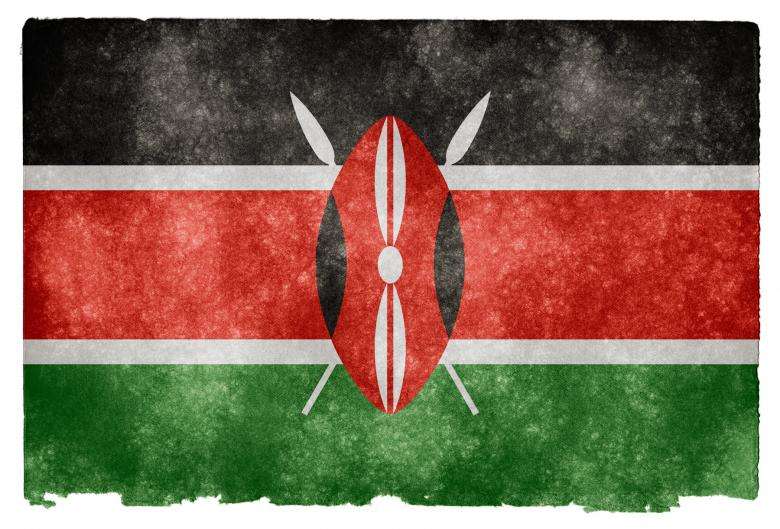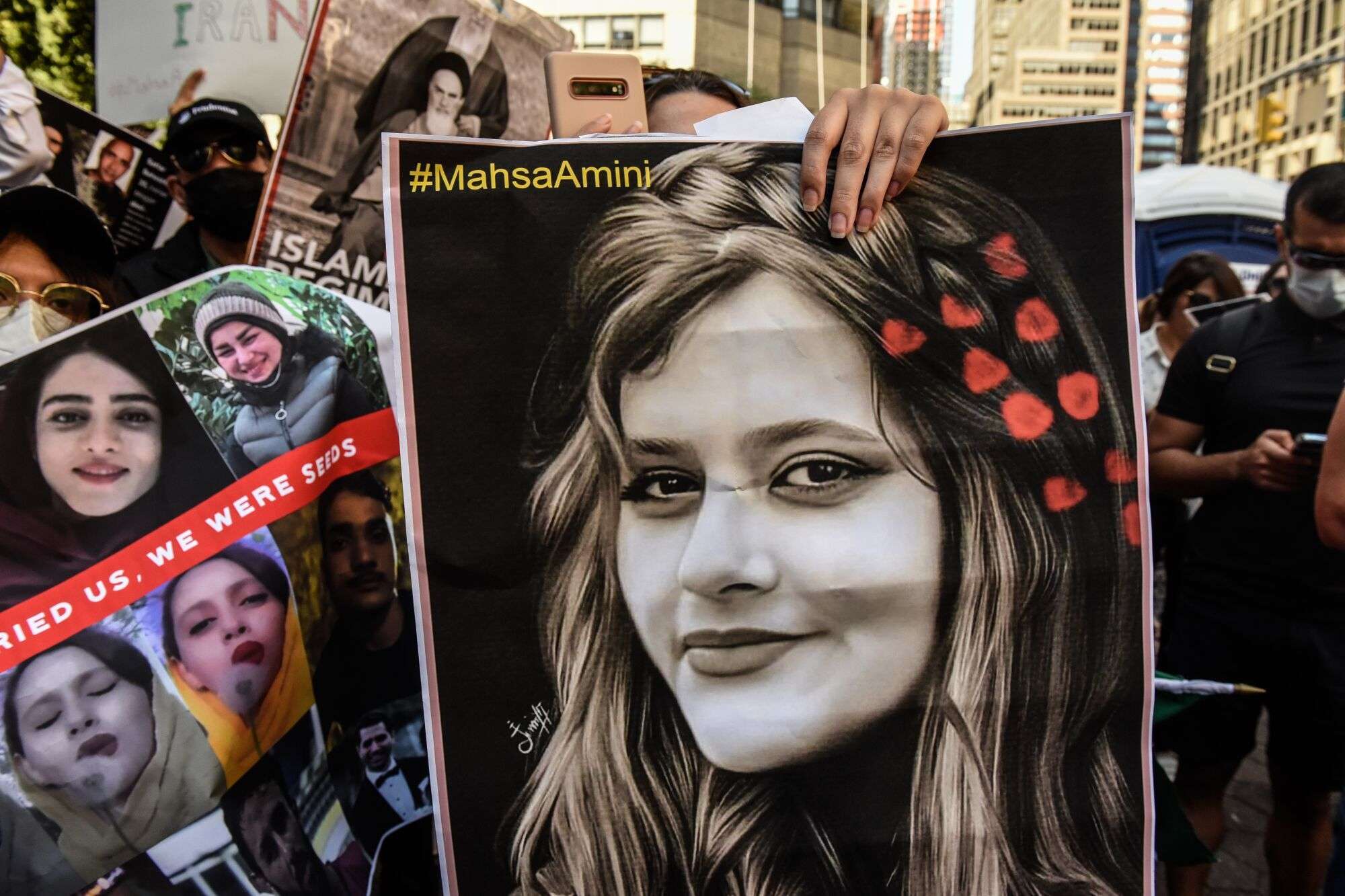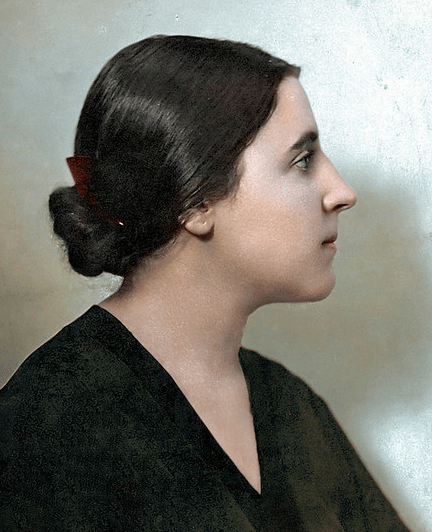Singapore, also known as the “Lion City” and officially called the Republic of Singapore, is an island country and city-state in Southeast Asia. It is also often referred to as Instant Asia, as it provides tourists with a glimpse into multiple Asian cultures brought to the country by immigrants from different parts of Asia.
Singapore gained its independence from Malaysia in 1965. Since then, it has been a sovereign state and a parliamentary republic. The flag of Singapore is a horizontal bicolour of red above white, overlaid in the upper left quadrant by a white crescent moon that faces a pentagon of five small white five-pointed stars.
This flag was first adopted by the nation in 1959 when the country became self-governing in the British empire. It remained the national flag after Singapore’s independence as well. Currently, the use and display of the national flag of Singapore are governed by the rules defined by the Singapore Arms and Flag and National Anthem Act.
The history Singapore flag through the years
The journey of the flag of Singapore reflects the story of the country throughout history. It presents an account of all the changes and developments Singapore went through. From British colonisation to the world war, the occupations by Japan and the formation of Malaysia to final independence, all can be marked by the changes in the flag in that duration of time. The evolution of the national flag of Singapore through the years and its present form also reflects the cultural composition & ideologies of its people. By looking at this journey, one can get a glimpse into the history and politics of the country during different points in time.
In the 19th century, Singapore was under the British empire and did not have a separate national flag of its own. Under British rule, Singapore was amalgamated into the Straits Settlement, along with Malacca and Penang. A single flag was used to represent this settlement. This flag was a British Blue Ensign defaced with a red diamond containing three gold crowns separated by a white inverted pall resembling an inverted Y. The three gold crowns resembled the three settlements. Despite not having a separate flag, Singapore was granted a coat of arms in 1911 which featured a lion.
During the second world war, Singapore was occupied by Japan, during that time, the Japanese national flag was used on land by the military and during public events as well. However, soon after World War II, Singapore became an independent crown colony. It then adopted its own flag which was a modified form of the Straits flag only. Here, the number of crowns was reduced from three to one to represent the one state of Singapore.
This flag was further modified in 1952 with Queen Elizabeth II’s accession to the crown. Now, the crown within the pall was changed to St. Edward’s crown.
Later, in June 1959 Singapore became a self-governing nation within the British empire. After 6 months of this, in December 1959, the current national flag was officially adopted to represent Singapore. This flag was designed by a special committee headed by Toh, which took 2 months to complete its final design. This flag officially represented the nation and an act was also passed to regulate its use and display. This act called the Singapore State Arms and Flag and National Anthem Ordinance 1959 was passed in November 1959. Along with regulating the use and display of the national flag, it also regulated the use and display of arms and the performance of the national anthem of Singapore.
Then in 1963, when Singapore merged with Malaya, Sarawak, and North Borneo to form Malaysia, the Malaysian flag was hoisted on Singapore. But again, as Singapore gained independence from Malaysia and The Republic of Singapore was formed in 1965, the current Singapore flag was reconfirmed as the national flag of the country.
The design and the meaning of the national flag of Singapore
The national flag of Singapore was designed in 1959 by a special committee headed by Toh. This committee designed the flag in 2 months and incorporated the elements of national ideals in its design. The flag of Singapore is in the ratio of two units high by three units wide. It is a horizontal bicolour of red above white, in the upper left quadrant a white crescent moon that faces a pentagon of five small white five-pointed stars is present.
Initially, Toh had proposed that the flag’s entire background be red, but the Cabinet decided against this and they finally settled on the red and white colour. Originally the flag had only three stars instead of five representing democracy, justice and equality. But later two more stars were added to the design, primarily, to distinguish the national flag from the Malayan Communist Party emblem and also to assure their Muslim community that Singapore was not a “Chinese state”.
It is said that initially, the Chinese majority wanted five stars based on the flag of the People’s Republic of China while the Malay minority wanted a crescent moon to represent Islam. Finally, both these symbols were combined in the design. The final design of the flag which is used as the national flag now incorporates design elements from the two neighbouring states Malaya and Indonesia as well as from China. Every element of this flag is to symbolise something significant about the Republic of Singapore.
The colour red signifies “universal fellowship and equality”, whereas the colour white stands for “pervading and everlasting purity and virtue”. The crescent moon represents a “young nation on the ascendant”, and the five stars stand for the nation’s five ideals– “democracy, peace, progress, justice and equality”.
Some interesting facts about the national flag of Singapore
The usage and display of Singapore’s national flag are regulated by the rules of the Singapore Arms and Flag and National Anthem Act. This act permits the citizens of Singapore to incorporate the national flag into designs of other objects, given that it is done in a way that is not disrespectful. In Singapore, the national flag has a higher status over all other flags, subject to international practice.
There are very clear and discrete guidelines about the use and display of the national flag in Singapore. The law states that the flag should not be allowed to touch the ground, displayed or carried flat or horizontally, but it is always to be kept aloft and free. The flag should never be displayed below any other flag or emblem.
The use of the flag or its image for commercial purposes is prohibited under normal circumstances in Singapore. For such usage, permission and approval are required by MICA. The use and display of the flag on any motor vehicle except that of the president and government minister on official business are not allowed.
On the death of any important person or national mourning, the flag is generally lowered to half-mast on government orders. It is also draped on the coffin in case of military and state funerals, but the flag is not permitted at any private ceremony.
About Singapore
Singapore, officially known as The Republic of Singapore, is an island city-state in southeast Asia famous for tourism and infrastructure. The country includes 64 offshore islands surrounding the main island.
The national symbol of Singapore is a lion and the country is also known as the “Lion City”. The origin of this name is in the word from which the name Singapore is derived– “Singa Pura” which means Lion city. It is believed that this name was given by a prince from Palembang, Sang Nila Utama because on coming ashore to this island he had seen a creature whom he believed to be a lion.
Singapore has a long history that has seen many rulers. Its history dates back to the ancient Sumatran Srivijaya empire. Then, during the 15th and 16th centuries, it was part of the Sultanate of Johore. After that, it was also burned down by Portuguese forces in 1617. Then, at the beginning of the 19th century, Singapore became a trading post and settlement of the British East India Company. And some years later it became a crown colony. During World War II it also saw occupation by Japan. Then in 1962, it merged with Malaya, Sarawak, and North Borneo to form Malaysia. It became fully independent from Malaysia in 1965 and is now a sovereign and republic company.
Singapore is one of the most densely populated places in the world, but it is also one of the world’s greenest cities. Singapore is known as a shoppers’ paradise for its multiple luxurious malls and shopping centres. It is famous for being a global financial centre. There is an amalgam of various Asian cultures in Singapore that attracts tourists here. Some other major tourist attractions are its marvellous infrastructures and man-made waterfalls. The Singapore Botanical Gardens which is declared a UNESCO World Heritage site is also a famous tourist spot.
By: Bhumika Katyayan



